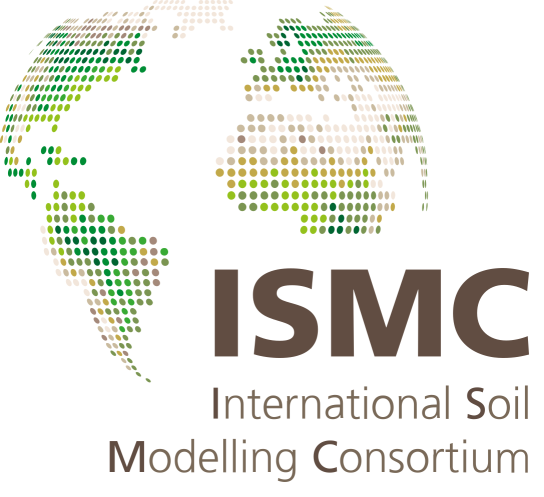Regional risk assessment of acid sulfate soil acidification under climate change based on mechanistic modelling of pyrite oxidation during prolonged drought events
- 1Acid Sulfate Soils Centre, University of Adelaide, Adelaide, Australia luke.mosley@adelaide.edu.au
- 2SCK•CEN, Institute Environment, Health and Safety, Brussels, Belgium (djacques@sckcen.be)
- 3Flow Matters Pty Ltd, Canberra ACT, Australia
Under changing climate conditions with expected higher risks on long periods of severe drought events, acid sulfate soils have a higher risk for acidification when exposed to oxygen under a falling water table. A regional or continental risk map for acidification under possible future climate scenarios is one of the tools for evaluating agricultural, economic and environmental impacts of acidification. The starting point is a simulation model with the relevant processes accounting for (i) the effect of changing meteorological boundary conditions on the water dynamics inside the soil and the ground water depth, (ii) diffusion of oxygen inside the soil profile, and (iii) kinetic dissolution of pyrite and geochemical alterations. The simulation tool HPx (Jacques et al., 2018) couples all these processes and enables to evaluation of different model structures. Numerical results were compared to an extreme drought event in the lower Murray River region, Murray-Darling Basin South Australia, between 2007 and 2010. A second step was the implementation of the mechanistic model in a spatial framework using python. As a proof of principle, we started with 5 x 5 km grid in areas with high probability of acid sulfate soils. Soil spatial data was pre-processed to determine model hydraulic parameters using pedotransfer functions. Climate and soil data were defined for each grid cell and formatted at run time for input into HPx. HPx simulations are controlled for the specific data for each grid cell. The final step is to perform the simulations on large spatial and temporal scales using supercomputing for which a linux-version of HP1 was developed. These developments open up new opportunities for coupled soil-climate modelling.
Jacques, D., Simunek, J., Mallants, D. and van Genuchten, M.T. (2018). JOURNAL OF HYDROLOGY AND HYDROMECHANICS 66, 211-226
How to cite: Mosley, L., Jacques, D., and Rahman, J.: Regional risk assessment of acid sulfate soil acidification under climate change based on mechanistic modelling of pyrite oxidation during prolonged drought events, 3rd ISMC Conference ─ Advances in Modeling Soil Systems, online, 18–22 May 2021, ISMC2021-68, https://doi.org/10.5194/ismc2021-68, 2021.

